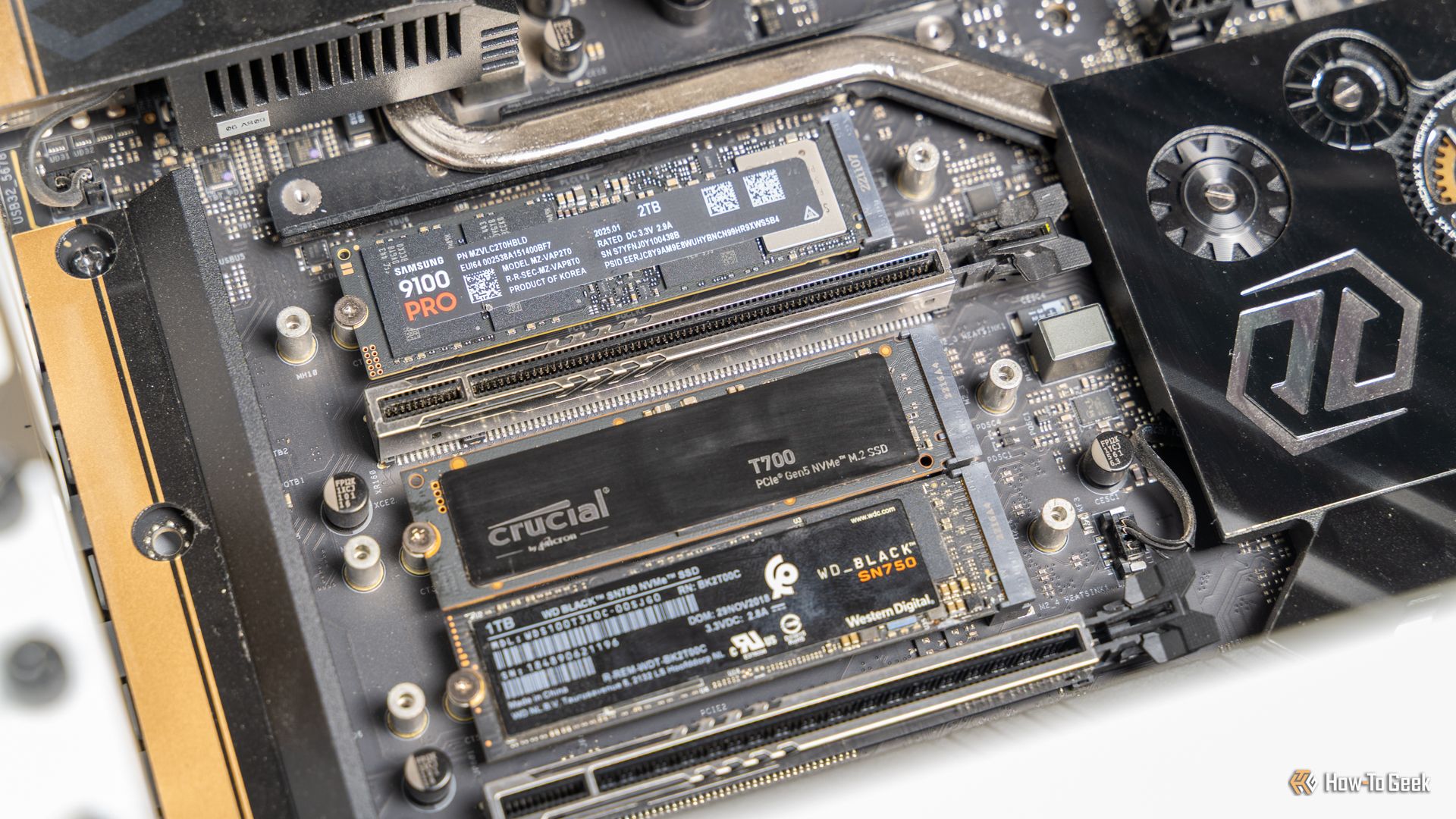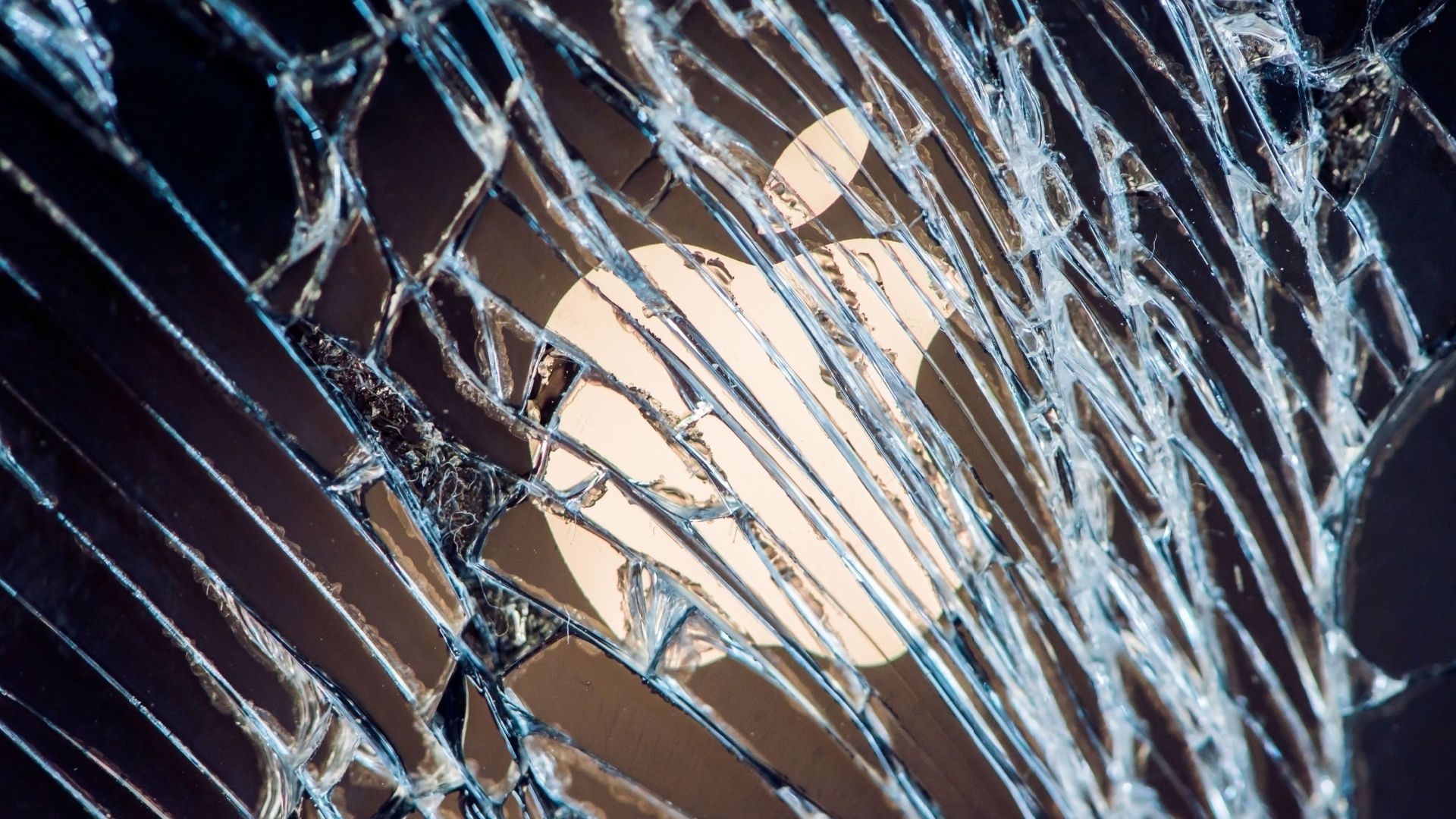Now Reading: Dead Pixels: How Early LCD Screens Overcame Their Biggest Flaw
-
01
Dead Pixels: How Early LCD Screens Overcame Their Biggest Flaw
Dead Pixels: How Early LCD Screens Overcame Their Biggest Flaw
Quick Summary
- Dead or stuck pixels were a significant issue during the early days of flat-panel LCD screens, causing display defects and frustration for users transitioning from CRT monitors.
- Early dead pixels often occured due to flaws in manufacturing processes, which lacked precision and operated in less sterile environments than required.
- Warranty policies varied widely among manufacturers,frequently enough leading to dissatisfaction for consumers. “Zero tolerance” policies for defective pixels were available but came at a premium price.
- Manufacturing advances such as cleanroom technologies, improved robotics, automation techniques, and fault tolerance have drastically reduced the prevalence of visible pixel defects over time.
- By the mid-2010s, dead pixels became exceedingly rare on new screens even at lower price points. Discussions shifted toward othre concerns like OLED burn-in and light bleed.
Indian Opinion Analysis
The history of dead or stuck pixel issues illustrates how technological advancements can address widespread consumer concerns over time. India’s growing tech industry can draw valuable lessons from this evolution-improving precision manufacturing could enhance both domestic production capabilities and global competitiveness in electronics manufacturing. A focus on better quality control processes may also result in higher satisfaction among increasingly discerning Indian buyers. As India ramps up domestic chipmaking efforts under initiatives like “Make in india,” integrating cutting-edge automation and fault-tolerance measures could lead to similar breakthroughs seen internationally with LCD technology. this trajectory promises better reliability while reducing dependence on imports.























